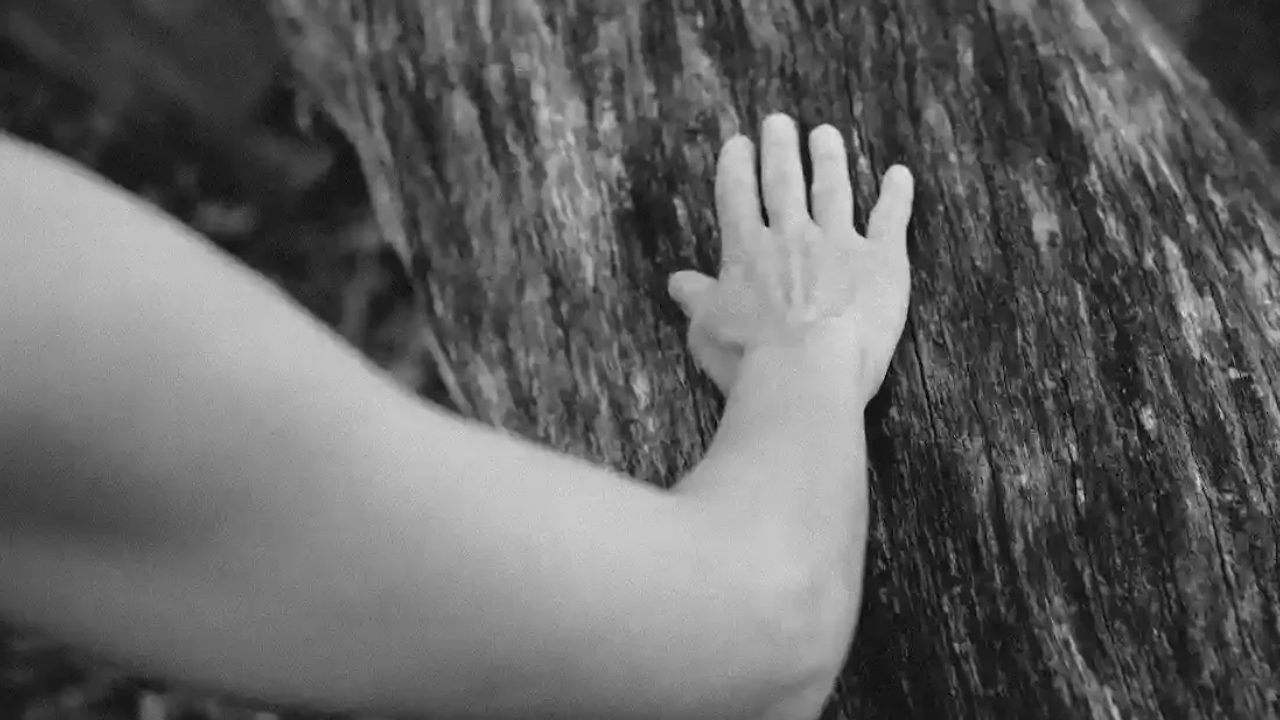From Fixing to Connecting: How Movement Awakens Possibility
Apr 23, 2025
What If We’ve Been Missing the Most Essential Piece?
What if everything you’ve believed about movement—about healing, about change—has been missing the most essential piece?
What if the answer isn’t pushing harder or doing more… but listening differently?
Recently, my mentor Anat Baniel co-authored a groundbreaking article in Frontiers in Integrative Neuroscience called “From Fixing to Connecting.” It explores how movement, empathy, and brain-based learning can create powerful transformation—especially for children with autism.
But while the focus is on autism, the message is just as vital for adults—especially those of us navigating real, lived challenges like:
-
Neck and back pain
-
Joint stiffness or limited mobility
-
Balance issues or fall risk
-
Anxiety, overwhelm, or depression
-
Recovery from stroke or surgery
-
Burnout and stress-related shutdown
-
Early signs of cognitive decline or neurodegenerative conditions
This work isn’t limited to one diagnosis or population. It’s for anyone who wants to reclaim ease, upgrade how they move, and feel more alive in their system.
Because here’s the key: the way we help the brain change doesn’t depend on a label—it depends on how the brain learns.
When we upgrade the brain’s ability to sense, organize, and adapt, we don’t just change how we feel today. We open up new possibilities for the future.
1. Movement Isn’t Just Physical—It’s the Language of Learning
Movement is not just something we do to the body—it’s how we learn. From our earliest days in the womb, we learn through sensation, curiosity, and variation. What Dr. Moshe Feldenkrais called organic learning is the foundation of the method I now teach.
Why this matters:
If you’re caught in cycles of pain, tension, or fatigue, your brain may be stuck in old movement patterns. The good news? Those patterns aren’t fixed. They can be rewired—because your brain is changeable.
2. Connection is More Powerful than Correction
Instead of trying to “fix” dysfunction, Anat and her colleagues describe a more effective path: creating mutual empathy through movement. Practitioners meet the learner exactly where they are—physically, emotionally, and cognitively—and from there, something new begins to emerge.
This connection isn’t abstract—it’s physical. Another person (like a skilled practitioner) can act as a sensory feedback system, offering your brain new information through presence, touch, and movement.
But the beauty of this approach is: you can also become that for yourself.
Through guided movement, you begin to use your own body—your contact with the floor, the movement of your breath, the relationship between your pelvis and spine—as a feedback loop. That sensory feedback becomes a doorway to transformation.
Why this matters:
So many of us carry the belief that we’re broken. But when we’re met with presence instead of pressure—whether by ourselves or another—our system starts to reorganize. What once felt heavy begins to lighten. What felt stuck begins to move. And new possibilities appear.
3. Less Effort, More Results: The Brain Changes Through Subtlety
One of the most powerful findings in the article: when we reduce effort and increase awareness, the brain becomes more available for learning. This approach can quiet the “noise” in the nervous system, making it easier to sense differences, adapt, and evolve.
Why this matters:
If trying harder has only left you more exhausted, there’s a reason. The brain learns best through subtlety, not strain. That’s why the movements I guide you through are small, slow, and intentionally gentle—they help your system wake up, not shut down.
You Already Know This—You Just Haven’t Heard It Said This Way
The first time I experienced the Anat Baniel MethodⓇ of NeuroMovementⓇ, something inside me softened. Not just physically—but emotionally.
I realized I wasn’t broken.
I didn’t need to be fixed.
I needed to feel.
To listen.
To learn to sense myself again.
And that changed everything.
That’s how I healed my own pain.
That’s how I’ve helped hundreds of others reclaim function—without stretching, force, or pushing through.
I learned to do it in my own system first.
Then, I learned how to support others in doing the same.
That’s what I offer you inside Moovy Studio.
- In UNA Essentials, you’ll find short, 20-minute brain-based movement lessons designed to gently rewire how you move, sense, and feel—supporting you through pain, stress, recovery, or transition.
- In Posture Rescue, you'll experience a 6-day reset that melts tension and restores natural alignment—without stretching, exercise, or force.
These aren’t workouts.
They’re opportunities.
To rediscover the intelligence that’s always been within you.
To reclaim ease, clarity, and resilience—from the inside out.
Final Thought
If you’ve been feeling “off,” stuck, or like your body is aging faster than your spirit—this work is a gentle, grounded way back to yourself.
This is more than science.
It’s your birthright.
And I’m here to help you reclaim it.
With love,
Adrienne
📖 Curious to go deeper?
Read the full research article:
From fixing to connecting—developing mutual empathy guided through movement as a novel path for the discovery of better outcomes in autism.
Read here
Moovy A-List
Join the A-List and become a Moovy Star! Get access to emails, content and pop-up classes that Adrienne only shares with Moovy Stars.
We say NO to SPAM. We will never sell your information, for any reason.




